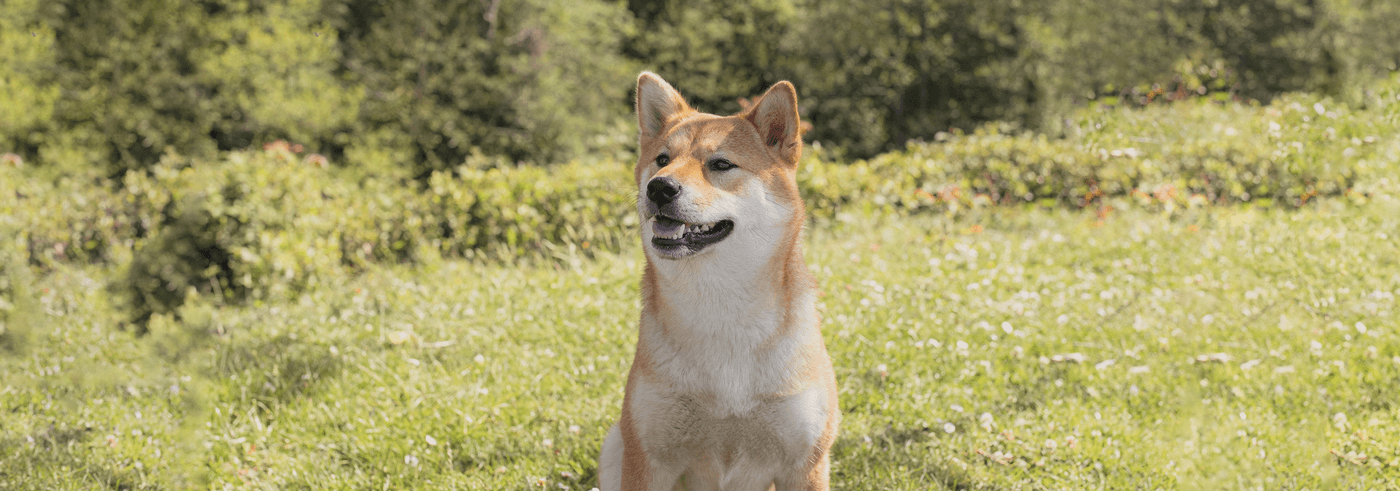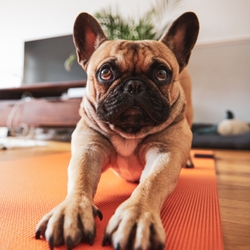
How to teach your dog to sit down on command
You might not be able to teach an old dog new tricks, but teaching a new dog any tricks at all starts with teaching the old ones; the basics. Case in point: “sit.”
We know, we know – of all the tricks you could be spending time working on with your pup, teaching them to sit down is quite possibly the most lackluster of the bunch. However, it also happens to be one of the most fundamental of the bunch, since teaching your dog to sit on command is kind of like taking the first step into other, more complicated tricks that begin from a seated position (think: laying down, rolling over, etc.). Not to mention, teaching your dog to sit is one of the simpler undertakings for you as a dog owner, yet one of the most effective forays into dog training that lays down the groundwork for good behavior and more extensive obedience training down the road. As the saying goes, it takes a stand-up dog to know when to sit down. (Okay, that's not a real saying, we just made it up, but it's pretty good.)
Follow these easy tips to have your pup popping a squat on command in no time!
- Grab a treat and use it to get (and hold) your dog’s attention.
- Hold the treat just above your dog’s nose and begin slowly moving it back toward their ears, all the while being careful not to move it too high above their head, which could prompt them to jump. As your dog remains fixated on the treat, their head will gradually tilt backward as they turn their nose up to follow it. Eventually, your dog will naturally sit when the treat reaches a certain point.
- As soon as your dog is in a proper seated position, give them the treat with a hefty side of positive affirmations – “alright!” or “good dog!” – in a cheery, upbeat tone. (You can also click your clicker, if you’re opting for the clicker training method.) Giving some affection and praise (along with the coveted treat) will all work together to help your pup associate the seated position with these positive reinforcers over time.
- Continue repeating steps 1-3 until the sight of a treat above their nose is all it takes for your dog to sit. Once you’ve reached that point, it’s time to start introducing verbal cues and hand gestures. Repeat steps 1-3, but this time add the command “sit” along with any hand gesture that you may want your dog to associate with sitting down, like a flat hand or a downward-pointed finger. Repeat a few times (or, you know, a lot).
- Once you’ve gone through step four a few times, begin eliminating the part where you move the treat above your dog’s head and start using only the command and hand gesture with the positive reinforcers (the treat and some praise) to get them to sit. Voila!
- Make it a point to practice sitting at different locations throughout the day so that your dog gets used to sitting on command regardless of the environment or distractions around them. You want to make sure that you always reinforce the basics and remain consistent with practice and repetition, even as you continue expanding your dog’s repertoire of tricks and commands.




Comments: